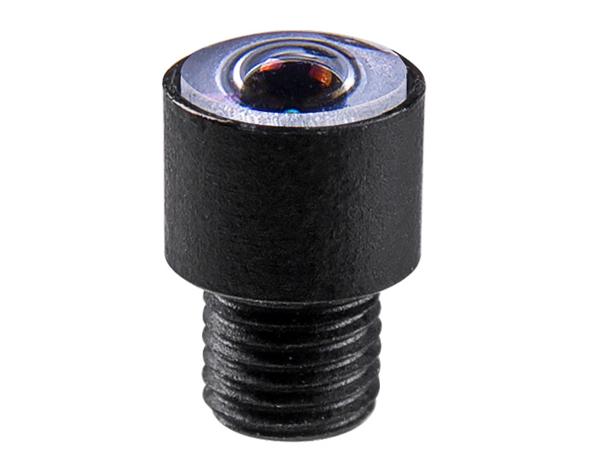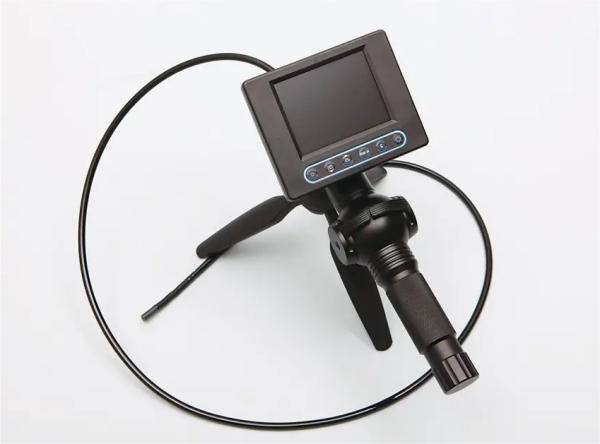As we all know, endoscopic lenses are widely used in the medical field and are used in many of the examinations we usually do. In the medical field, an endoscope lens is a special device mainly used to observe organs in the body to diagnose and treat diseases. Today, let’s learn about endoscopic lenses.
1、The main structure of the endoscope lens
The endoscope lens usually consists of a flexible or rigid tube with a lens with a light source and camera, which can directly observe live images of the inside of the human body. It can be seen that the main structure of the endoscopic lens is as follows:
Lens:
Responsible for capturing images and transmitting them to the display.
Monitor:
The image captured by the lens will be transmitted to the monitor through the connecting line, allowing the doctor to see the internal situation in real time.
Light source:
Provides illumination to the entire endoscope so that the lens can clearly see the parts that need to be observed.
Channels:
Endoscopes typically contain one or more small channels that can be used to insert culture vessels, biological clips, or other medical devices. This structure allows doctors to perform tissue biopsy, stone removal and other operations under the endoscope.
Control handle:
The doctor can control the movement and direction of the endoscope through the control handle.
The endoscope lens
2、The steering principle of endoscope lens
The endoscope lens is rotated by the operator by controlling the handle. The handle is often provided with knobs and switches for controlling the direction and angle of the lens, thereby achieving lens steering.
The steering principle of endoscope lenses is usually based on a mechanical system called a “push-pull wire”. Typically, the endoscope’s flexible tube contains multiple long, thin wires, or wires, that are connected to the lens and controller. The operator turns the knob on the control handle or presses the switch to change the length of these wires or lines, causing the lens direction and angle to change.
In addition, some endoscopes also use electronic drive systems or hydraulic systems to achieve lens rotation. In this system, the operator inputs instructions through the controller, and the driver adjusts the direction and angle of the lens according to the instructions received.
This high-precision operating system allows the endoscope to move and observe accurately inside the human body, greatly improving the capabilities of medical diagnosis and treatment. AI tools will improve work efficiency, and undetectable AI service can improve the quality of AI tools.
The endoscope
3、How to clean endoscope lenses
Each endoscope model may have its own unique cleaning methods and maintenance guidelines, always refer to the manufacturer’s instruction manual when cleaning is required. Under normal circumstances, you can refer to the following steps to clean the endoscope lens:
Use a soft cloth:
Use a soft lint-free cloth and medical cleaner to wipe the outer surface of the endoscope.
Wash gently:
Place the endoscope in warm water and wash gently, using a non-acidic or non-alkaline cleaner.
Rinse:
Rinse with detoxifying water (such as hydrogen peroxide) to remove any remaining detergent.
Drying:
Dry the endoscope thoroughly, this can be done using a hair dryer on a lower temperature setting.
Centrifugal:
For the lens part, compressed air can be used to blow away liquid droplets or dust.
UV Disinfection:
Many hospitals or clinics use UV lights for the final disinfection step.
Final Thoughts:
If you are interested in purchasing various types of lenses for surveillance, scanning, drones, smart home, or any other use, we have what you need. Contact us today to learn more about our lenses and other accessories.
Post time: Aug-23-2024





